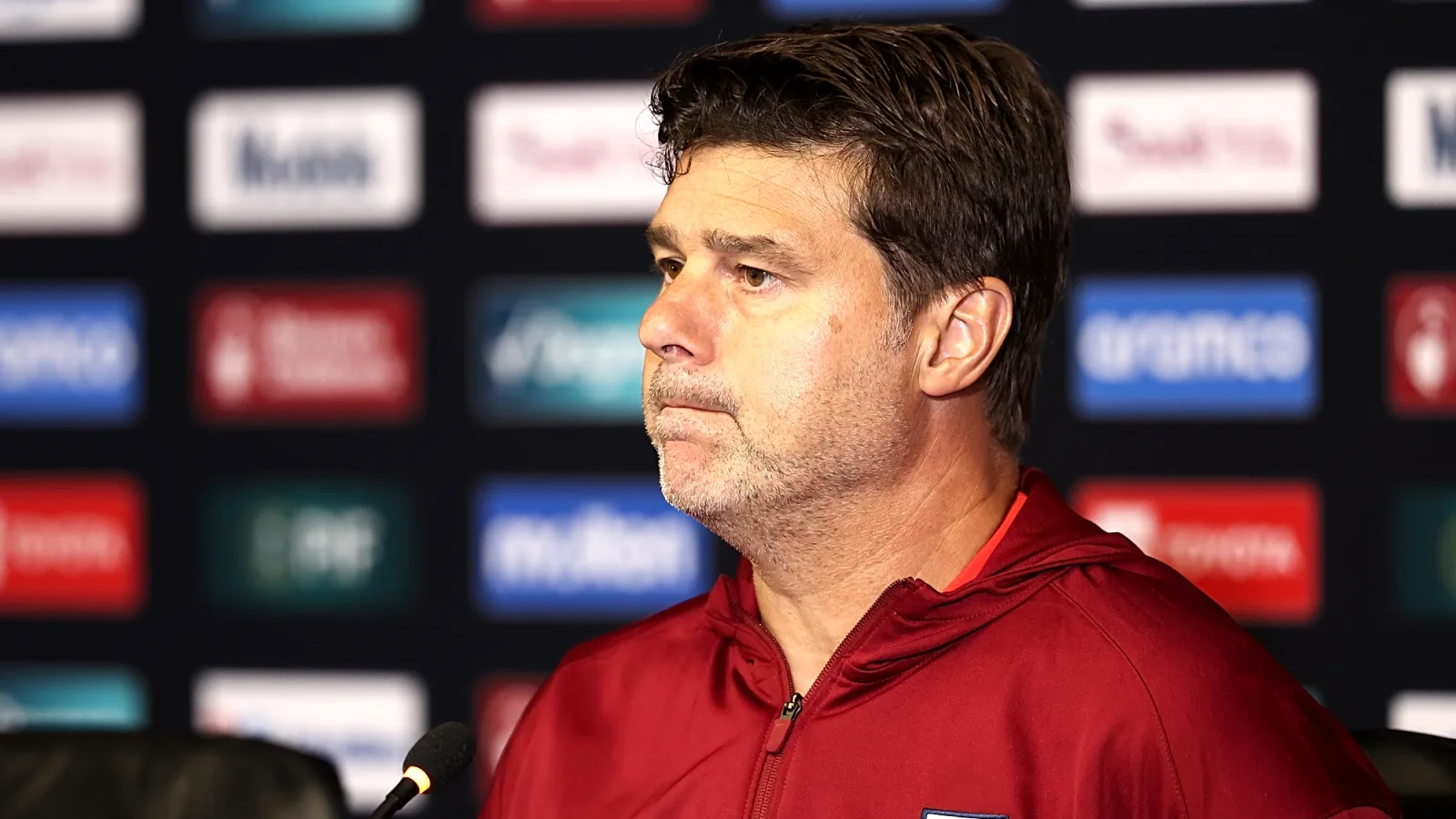Subtotal $0.00
Pochettino’s appointment and impact
With Mauricio Pochettino USMNT tactics at the core of the project, the U.S. Soccer’s decision to hire him after the 2024 Copa America signaled a long-term shift in how the national team builds, defends, and attacks. The plan emphasizes a modern, proactive mindset: higher pressing intensity, a compact defensive shape, and a willingness to play out from the back with players who can operate in tight spaces and deliver game-changing passes. Pochettino USMNT tactics revolve around dynamic ball progression, with center-backs stepping into midfield lanes and fullbacks providing width to create overloads in wide areas. The objective is to force opponents into rushed decisions and exploit gaps behind advanced lines.
In practice, the impact is visible in training, scouting, and selection. Coaching staffs push for quick decisions, spatial awareness, and fast transitions between phases. MLS graduates and European-based talents are being groomed to fit these concepts, aided by tactical coaching and data-driven analysis. Conditioning programs target endurance and readiness for a demanding international schedule, while video work helps players recognize pressing triggers and passing options under pressure. The broader goal is cohesion across a diverse squad, with players adaptable to different roles. Depth, conditioning, and the ability to apply Pochettino USMNT tactics consistently will determine success as calendars tighten.
Tactical revolution under USMNT
The tactical revolution aims to change the tempo of USMNT matches. Pressing is more coordinated and triggers quicker, with forwards and midfielders pressing in unison to compress space higher up the pitch. When the ball is won, it moves rapidly through midfield connectors, allowing center-backs to step into midfield lanes and fullbacks to pin back opponents with width. The result is a more vertical, game-dominant style that forces opponents into uncomfortable choices and creates chances from high-pressing sequences.
Crucially, the plan emphasizes intelligent off-ball movement and disciplined transitions to sustain pressure without inviting counters. Midfielders become short, quick connectors who can switch play to exploit gaps created by pressing teams. Data metrics monitor pressing efficiency, pass accuracy under pressure, and the speed of ball circulation. The objective is balance: intensity with structural integrity so the USMNT can shift from defense to attack smoothly. This evolving strategy under Pochettino USMNT tactics points toward a more complete, layered approach to beating diverse opponents. US Soccer has repeatedly emphasized this longer horizon.
Formation flexibility and pressing strategy
Formation flexibility allows the USMNT to adapt to different opponents without sacrificing balance. The system can morph between a traditional 4-3-3 and a fluid 3-4-3, or even a 3-4-2-1 in certain matchups. Center-backs stepping into midfield lanes create numbers in the middle while the wing-backs provide width for overloads in wide areas. Midfielders act as connectors with short, precise passes that switch play and exploit spaces opened by pressing teams. The tactical concept aims to control tempo, pin opponents in their half, and avoid predictable build-ups.
Pressing strategy is built on timing, organization, and risk management. High-energy triggers push lines forward, but transitions are rehearsed to ensure a swift retreat when necessary. Off-ball movement is intelligent and continuous, so players occupy passing lanes and create options rather than chase shadows. Coaches stress game awareness—recognizing when to press, when to drop, and when to occupy half-spaces. This combination of shape-shifting formations and disciplined pressing gives the USMNT a robust platform for multiple opponents. For more reading, see FIFA World Cup 2026 context.
Player development and squad integration
Player development and squad integration remain central as the pipeline from MLS and Europe aligns with the Pochettino USMNT tactics framework. Young players learn to operate in tight spaces, receive quick passes, and contribute to high-press sequences. The emphasis on tactical coaching and data-informed feedback accelerates growth, helping players transition from domestic leagues to international stages. Coaches work on off-ball movement, decision making, and spatial awareness, ensuring players can adapt to shifts between formation shapes and pressing intensities. The approach depends on continuous education and real-time feedback from analysts and staff.
Integration across a diverse squad demands careful management of personalities, fitness levels, and rotations. Training camps and phased call-ups build chemistry between MLS products and European talents while simulating high-press scenarios against varied styles. Outbound links and official briefings reinforce the plan’s rationale and its implementation across leagues worldwide. A modern, data-driven framework supports player evaluation, ensuring the team can field credible lineups with enough depth to maintain the high tempo demanded by Pochettino USMNT tactics.
Road to 2026 World Cup: challenges and expectations
As the United States hosts parts of the 2026 World Cup, expectations are high for a program that has embraced Pochettino USMNT tactics. Players must build enduring stamina for a congested schedule, adapt quickly to new formations, and sustain high-intensity pressing across long campaigns. Conditioning, depth, and squad management become as important as talent, because success will hinge on the ability to rotate without losing the edge in pressing and ball progression. The road requires a stable core plus effective reinforcements ready for critical fixtures and travel demands.
Despite the optimism, a successful 2026 run will depend on consistency and durability. The team must emerge from a demanding calendar with injuries minimized and a core adapted to the tactical language. Scouting and development work must continue to feed the squad with players capable of executing the system in different contexts. If the plan is implemented with discipline, clear communication, and sustained conditioning, Pochettino USMNT tactics can help the United States reach knockout rounds and carry a broader strategic influence into CONCACAF competition. For broader context, see FIFA World Cup 2026.




